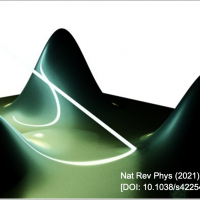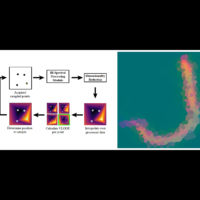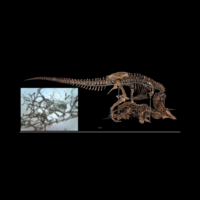
AI Accelerates Autonomous Discovery at the Infrared Beamline
How an hours-long imaging experiment can now be completed in minutes.
Accelerating Discovery in Biology, Bioenergy, and Environmental Research

How an hours-long imaging experiment can now be completed in minutes.

In the journal Communications Biology, researchers from Caltech, UC Berkeley, and Berkeley Lab’s Synchrotron Infrared Structural Biology Imaging Program reported on a more efficient way to collect “high-dimensional” infrared images—where each pixel contains rich physical and chemical information. With the new method, scans that would’ve taken up to 10 hours to complete can now be done in under Read More …

Infrared spectromicroscopy coupled with X-ray spectroscopy and X-ray diffraction analysis show evidence that vertebrate blood vessels from a 66-million-year-old Tyrannosaurus rex tibia may persist across geologic “deep time” through two natural, protein-fusing processes: Fenton chemistry and glycation. This work provides direct evidence how soft-tissue structures may be preserved in dinosaur bones—countering long-standing scientific dogma that Read More …